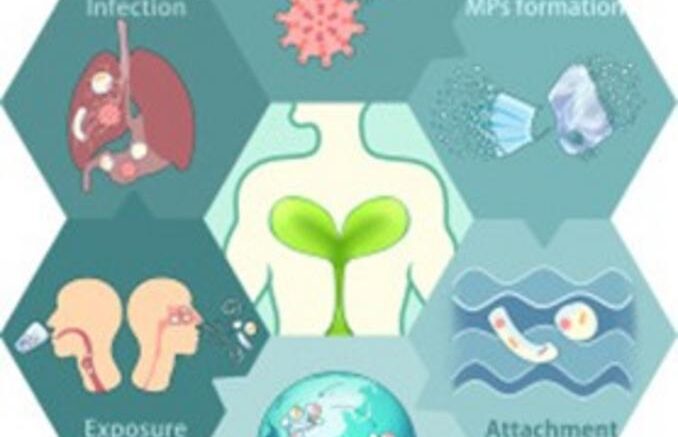A new study published in the journal Eco-Environment & Health reveals the hidden dangers associated with pathogen-laden microplastics in aquatic environments, underscoring an increasing concern for public health.
The research delves into how microplastics act as conduits for pathogens in various aquatic environments. It thoroughly investigates the factors influencing the adherence of pathogens to microplastics, their survival, and the probability of these pathogens being transmitted to humans via different routes of exposure.
This investigation is instrumental in shaping both public health policies and environmental strategies. It emphasizes the urgent need for intensified monitoring of microplastic contamination and calls for expanded research into the role of microplastics in pathogen transmission, along with the health risks that ensue.
Huan Zhong, the lead researcher, stresses the vital importance of comprehending the role of microplastics in the dissemination of pathogens. He points out the significant consequences this has for both the environmental and human health.
The study brings to light the overlooked health hazards posed by pathogens associated with microplastics in aquatic environments. It strongly advocates for immediate and decisive action to protect public health and maintain the integrity of the environment. Additionally, the research underscores the necessity for multidisciplinary research efforts to unravel the intricate interactions between microplastic-associated pathogens and to devise effective strategies for their mitigation.
Source: Eco-Environment & Health (EEH)
